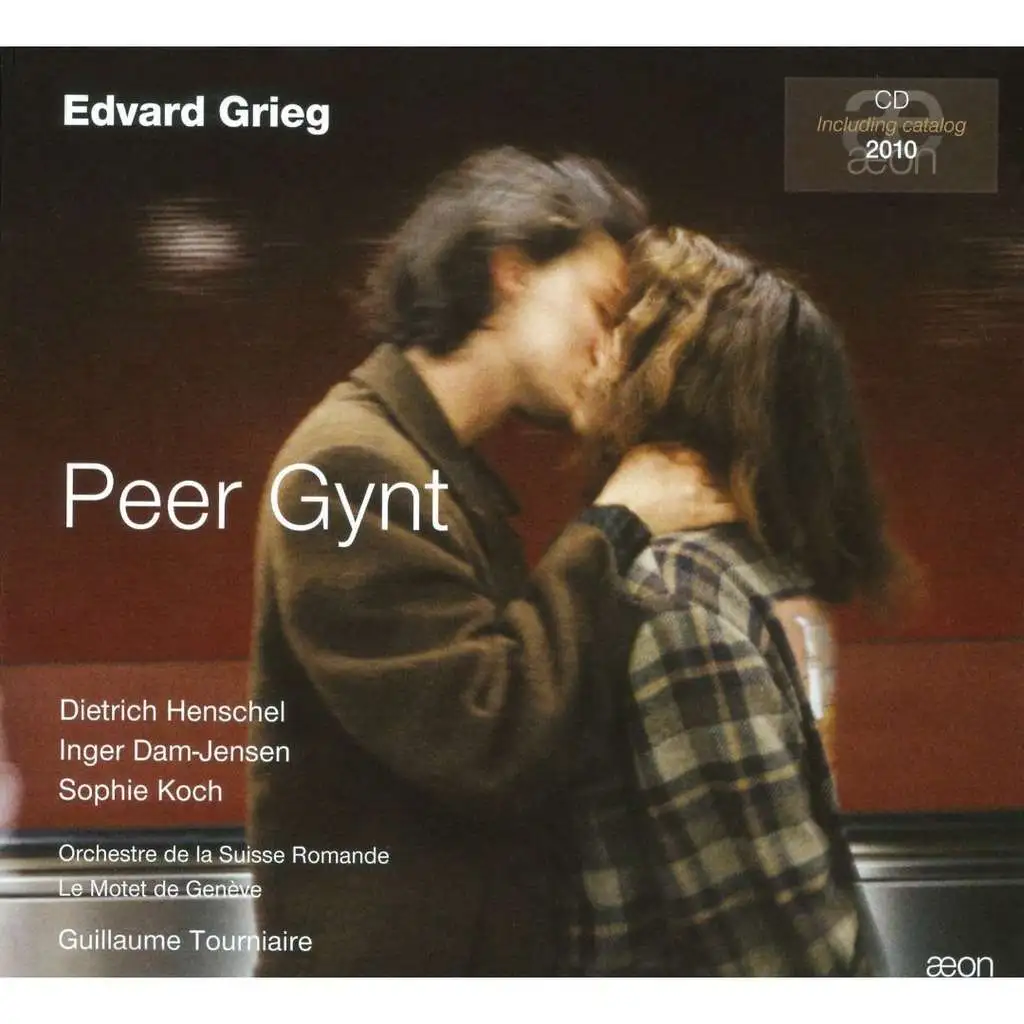Already an unforgettable memory of my stay in Estonia is the language class. I find it natural that you try to learn the country’s language when you stay somewhere for a more extended period, so I joined an Estonian language course. What does the house have to do with this? Continue reading.
How to settle in Estonia?
Through “Settle Estonia,” I could get acquainted with the Estonian language for free; two lesson nights a week and homework gave me a thorough introduction. The lessons and teaching materials were up to date, and I learned quite a bit. But how difficult this language is. First of all, because the language is entirely new to me, as a Western European, I am familiar with the Germanic and Latin languages, and now I find myself in a world where all this knowledge is useless. Secondly, the step from learning to applying turned out to be bigger than I expected. The language has so many rules and irregularities that it takes me longer than usual to feel at home in it.
Never before had a letter added or left out had so much influence as now; it can give a sentence or word a completely different meaning. Add to this that this language has twelve forms (we learned the first three), and then you understand how this language can be a challenge. However, it is beautiful and worth knowing in that or for that very reason. We were given different assignments during the lessons: interviewing each other, watching videos, and unraveling the language and speaking exercises. So it came to pass that we went around the diligent students in every class, and everyone had to/got to say a few words in Estonian. We’ll never know how intense the stage fright was, but everyone always tried to do as well as possible. During these rounds, we had to use adjectives or learn prepositions, which go differently in Estonian. And so it happened that during these rounds, many of us had something to do with a yellow house. We all lived in a yellow house next to, behind, near, or in front of. And when that frequently happens in several rounds, it becomes a bit of the class’s mantra, “the yellow house.”
Peer Gynt travels to new worlds
When I reminisce on these lessons, the music of Peer Gynt comes to mind. Could it be because they have a lot of wooden houses in Norway too, or because the protagonist is taking a faraway journey to new places? Many know a part of this music often used in advertising, The prelude to Act 4. But the story of Peer Gynt is not as beautiful as the music would have you believe. Peer, a true legend, is a villain who deliberately prefers self-interest, loses sight of his great love, commits crimes, breaks hearts, and seeks pleasure in chasing profits. Although a misfortune finally brings him to repentance, he realizes that he has misinterpreted the advice he received. Upon returning to his native village, he ultimately lays himself down in the arms of his love. She kept waiting for him all this time. The music accompanying the play, composed by Grieg, fleshes out this story in a romantic way. And I can recommend you listen to the version with vocals; it is less well-known but much more captivating—still pretty romantic but more into life. The beautiful songs and the choir’s support create an intensely deep emotion that wouldn’t be there without it. “Solvejg’s cradle song” is so much more impressive with actual singing.

Tubli, Tubli
Like Peer Gynt’s journey to faraway places, my stay here is also a wonderful experience gaining new impressions. Language is more than a collection of words and grammar rules; it is also the sounds and colors, the rhythms of pronunciation, and the music in the intonation. Language is also the mood of people and the barometer of culture, and it is the country’s soul.
“My dear students,” is how our motivated teacher began the lessons, guiding us into a new world. The most significant benefit of this course is that it has allowed me to understand words I encounter on the street, exchange a few words at the cash register, understand some terms on the classical radio, and gain a little insight into Estonian culture. It is a great treasure, a wealth without a numerical value. It is an additional room in my (yellow?) house full of travel experiences.
By the way: kollane maja
